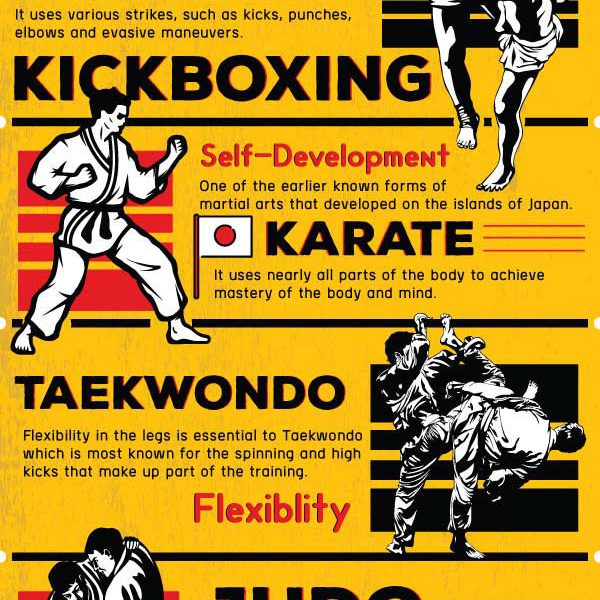Did you know that there are over 20 different taekwondo forms, each with its very own unique series of activities and methods? These forms, additionally called poomsae, play an essential duty in the technique and development of taekwondo professionals.
But what exactly are these types, and why are they so substantial? In what does kajukenbo mean , we will check out the essentials of taekwondo types, their origins, and the key elements that make them an important part of this martial art.
Whether you're a newbie or a seasoned professional, understanding the relevance of taekwondo forms will strengthen your appreciation for this old method and boost your journey towards proficiency.
Beginnings and Advancement
The beginnings and evolution of Taekwondo can be traced back to old martial arts practices in Korea. It was created over 2,000 years back and has considering that grown into a preferred and worldwide recognized sport.
Taekwondo was greatly influenced by different Oriental fighting styles styles, such as Taekkyon and Subak, as well as Chinese martial arts. It was originally made use of as a way of protection, however over time, it advanced right into a competitive sporting activity that focuses on striking techniques and high kicks.
In what is a grandmaster in martial arts , Taekwondo went through a substantial change and was standard right into its contemporary type. The Korea Taekwondo Organization played a critical duty in this process, assisting to develop rules, methods, and develops that are still complied with today.
Key Elements and Methods
Now allow's discover the basic aspects and techniques of Taekwondo. To fully recognize the key elements and techniques, it is necessary to dive deeper right into the complying with subtopics:
- Stances: Taekwondo emphasizes the right use of positions, such as the front stance, back stance, and equine position. These stances supply security, balance, and power in executing numerous techniques.
- Strikes and Kicks: Taekwondo is renowned for its effective and dynamic kicks, consisting of the front kick, roundhouse kick, and side kick. Strikes, such as punches and knifehand strikes, are additionally vital techniques in Taekwondo.
- Blocks and Protection: Effective defense is important in Taekwondo. Blocks, such as the high block and reduced block, are utilized to secure against inbound strikes. Appropriate timing and positioning are key to effectively defending oneself.
Benefits and Influence
One of the considerable advantages of exercising Taekwondo is the improvement of physical fitness and overall wellness. By participating in routine training sessions, you can boost your cardiovascular health, strength, adaptability, and endurance. Taekwondo includes a range of motions that target various muscle mass teams, aiding you build a solid and toned body.
Additionally, this fighting style advertises psychological well-being by lowering stress and stress and anxiety levels. The self-control and focus needed in practicing Taekwondo can help boost your focus and enhance your capacity to deal with difficult scenarios.
Furthermore, the practice of Taekwondo instills a sense of self-confidence, self-discipline, and self-constraint, which can positively impact various areas of your life. On the whole, exercising Taekwondo can result in a much healthier and more well balanced way of life.
Verdict
So there you have it! Taekwondo types aren't just plain regimens, but a representation of the abundant history and evolution of this fighting style. By understanding the key elements and methods, experts can enjoy numerous physical and psychological advantages.
From increased adaptability and toughness to boosted emphasis and technique, taekwondo kinds have an enduring impact on those that practice them.
So, whether you're a newbie or a seasoned martial musician, accept the power of these types and let them take you on a journey via time.
